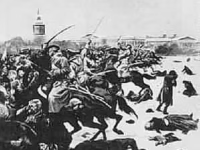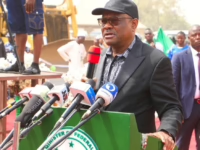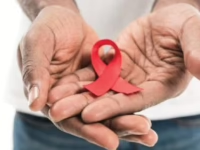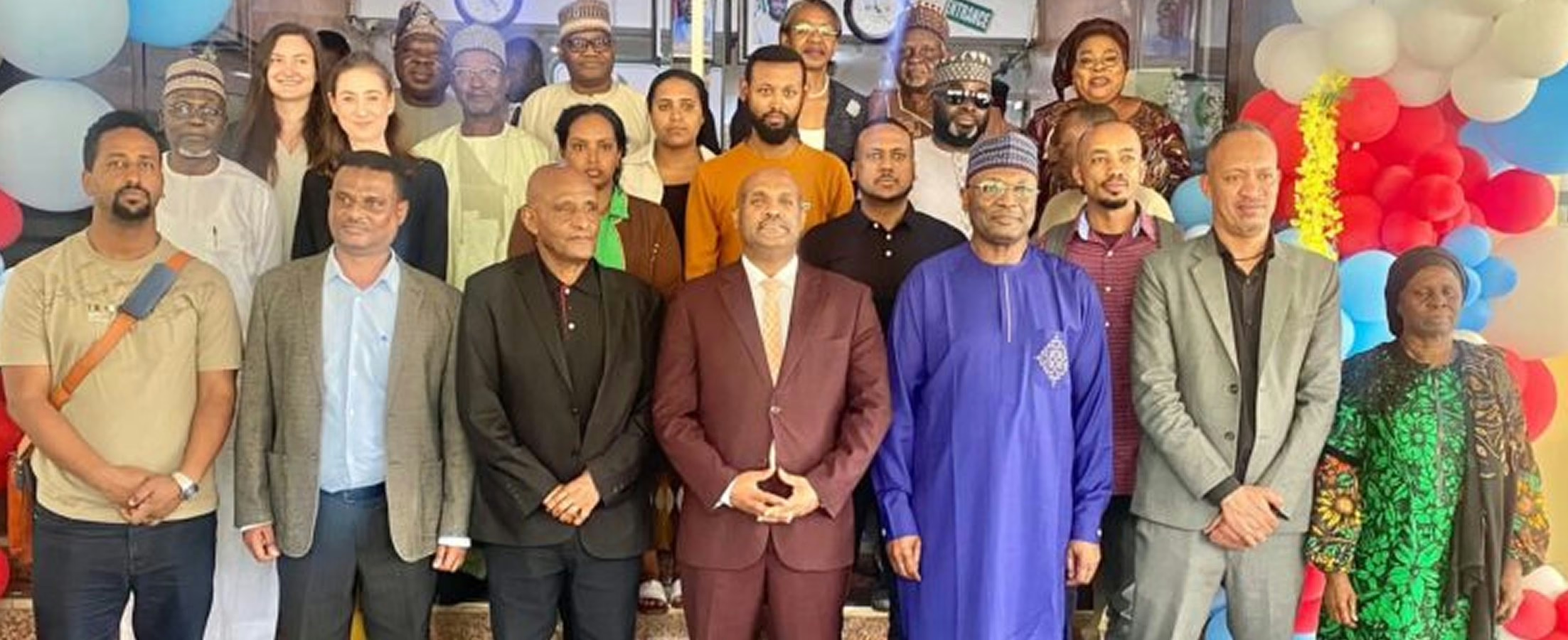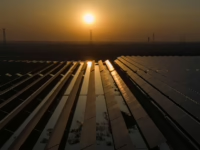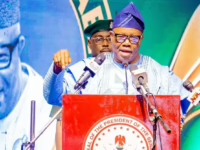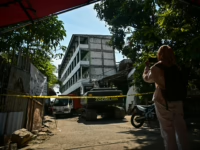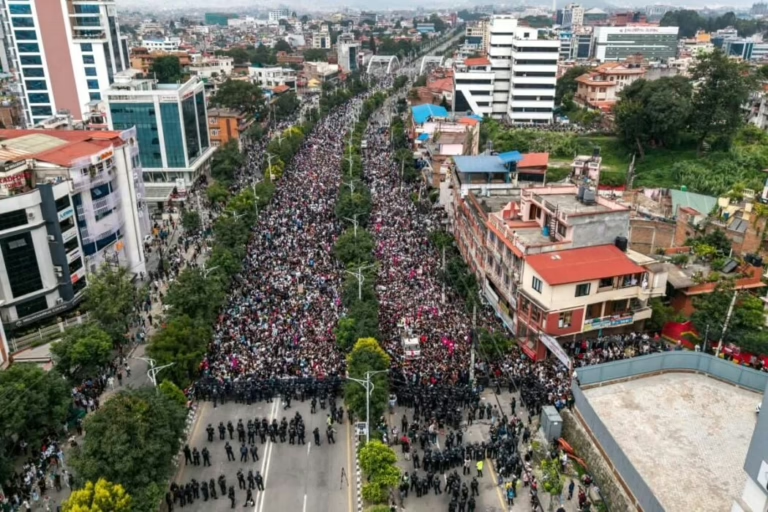Following a wave of violent demonstrations that resulted in at least 19 fatalities and numerous injuries, Nepal’s government has officially rescinded its ban on social media platforms, as confirmed on Tuesday.
“We have reopened social media channels, which was a key demand from Generation Z,” stated Prithvi Subba Gurung, the Minister for Communication, in an interview with AFP. “We remain willing to engage in dialogue with the protesters.”
This reversal occurred shortly after authorities had restricted access to Facebook, YouTube, X (formerly Twitter), and 23 additional platforms, citing issues related to unregistered operations. The decision ignited widespread discontent, particularly among young Nepalis who depend heavily on these digital tools for communication, news consumption, and entrepreneurial activities.
On Monday, law enforcement responded with one of the most severe crackdowns in recent years as thousands of young demonstrators defied the bans in Kathmandu and other urban centers. Protesters breached barricades near the parliament, clashed with security personnel, and ignited tires while voicing anti-government chants.
Police reports confirmed that 17 individuals lost their lives in Kathmandu, with two more fatalities occurring in the Sunsari district to the east. Approximately 400 people sustained injuries, including over 100 police officers.
“The state has effectively taken nearly 20 lives, revealing the extent of police violence,” remarked 23-year-old student activist Yujan Rajbhandari. “The government must be held accountable for these tragic losses.”
An eyewitness at Kathmandu’s Civil Hospital described a chaotic scene as waves of wounded protesters arrived. “Tear gas infiltrated the hospital premises, severely hampering medical staff’s ability to provide care,” reported information officer Ranjana Nepal.
Prime Minister KP Sharma Oli, aged 73, expressed regret following an emergency cabinet session that saw the interior minister tender his resignation. “The government never intended to restrict social media use and will work to ensure a conducive environment for its operation,” Oli stated in a letter released overnight. He also mandated the formation of an investigative committee to examine the recent violence.
Global organizations condemned the government’s response. Amnesty International highlighted the use of live ammunition against demonstrators, while the United Nations called for a “prompt and transparent investigation.”
The protests underscored deep-seated frustrations among Nepal’s youth, who grapple with soaring unemployment and pervasive corruption in a nation where the World Bank reports a GDP per capita of just $1,447.
Recently, TikTok clips contrasting the daily struggles of average Nepalis with the extravagant lifestyles of politicians’ offspring have gone viral, intensifying public outrage.
“This movement transcends social media-it’s about broken trust, systemic corruption, and a generation unwilling to be silenced,” editorialized the Kathmandu Post.
“Generation Z has grown up immersed in smartphones, global culture, and the hope of a federal, thriving Nepal,” the publication added. “For them, digital liberty equates to personal freedom. Cutting off access is tantamount to muting an entire generation.”
Nepal has a precedent of restricting online platforms. It banned Telegram in July over fraud-related concerns and only lifted a nine-month TikTok ban last year after the company agreed to adhere to local regulations.
Nonetheless, this recent episode represents the most violent clash between state authorities and the digitally connected youth in Nepal’s contemporary history.




